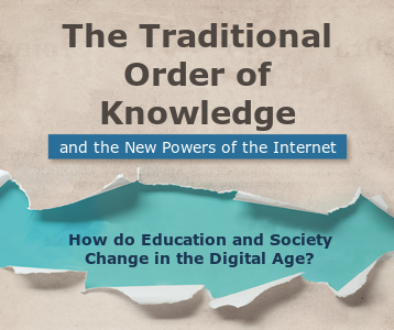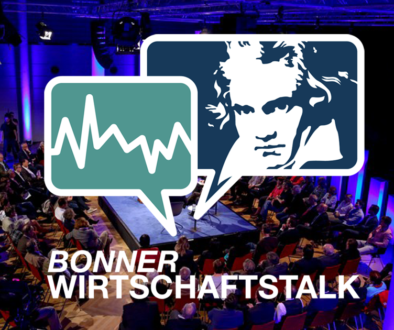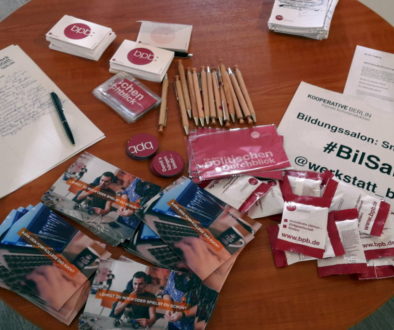Phenomenon-based Learning & Teaching in Finish School System’s New National Curriculum
Feature Friday – Friday Evening Read
Phenomenon-based Learning & Teaching in Finish School System’s New National Curriculum

[Picture: Riccardo Annandale]
Another Friday evening, another lessons learned. Read my summary on Education Weeks Blog interview with Finland’s Education Minister discussing the new national curriculum and how, among others, the Finnish school system’s phenomenon-based learning and teaching system, and tutor teaching model is intended to take on challenges like decreasing PISA scores, digitalization and increasing multicultural teaching requirements.
Phenomenon-based Learning
Finland has become internationally known for its strong school system after its students have scored at or near the top of international exams for years (although in the last two Program for International Student Assessment cycles, Finnish scores have slipped). It’s new national curriculum emphasizing interdisciplinary and student-centered learning went into effect in August 2016, utilizing multidisciplinary learning modules, rather than teaching subjects in silo. The new curriculum requires schools to have at least one extended period of multidisciplinary, “phenomenon-based” teaching and learning, where students will study a traditional subject in a holistic manner. Students take on an active role in their own learning experience by being involved in the planning and assessment of these periods. The goal is to better account for different learning styles, motivate Finnish students, of which, according to the last PISA results, over a quarter of students said they are not happy at school and felt like they didn’t belong, and to learn new skills and competencies like critical thinking, learning-to-learn skills, more like multiliteracy, as we call it, social skills, [Information and Communication Technologies] competencies etc.. Finland’s decentralized school system allows local school systems to decide for themselves on their own local core curricula’s theme, for example like climate change, and look at it trough the lens of very different subjects like mathematics, biology or politics – that’s what’s called phenomenon-based learning. Choosing teaching material and didactic is done in an autonomous way too, and also testing follows a non-standardized way.
Teacher Education’s Digitalization Reform
Facing the challenge of digitalization and digital learning, and following Finland’s declined PISA scores in reading, math, and science since 2006, the Ministry of Education set out to invest into and reform teacher education programs. Focusing on topics like digital learning, educational technology, new pedagogy and new learning environments in teacher education’s national core curriculum should equip them with skills required to be capable of using new learning technologies and new learning solutions in everyday life.
For the roll-out of the new national curriculum, Finland built on the teaching profession’s high-quality master’s degree education and granted strong autonomy, which earned them popularity and societal trust, and applied a new collaborative learning model among teachers – the tutor teacher model. A teacher who underwent a course within the new national curriculum functions as a tutor to the other teachers at their respective school and helps them implementing new digital learning methods and technologies. This teacher teaching other teachers approach should increase opportunities for teachers to get more teacher education during their career by bringing the learning to their everyday school life.
Demographic Change
Finland’s teacher education does also try to take up the challenge of adjusting to multicultural teaching that comes along with an increased influx of refugees into Europe and Finland. Coming from different cultures and often not speaking Finnish or Swedish, teaching skills to integrate those children into the class and society as a whole are the focus of the ministry. Teachers who have immigrant backgrounds could also function as role models and facilitate teachers and students interaction with the new classmates. After having started learning the language as a first step and integration into everyday school and social life has taken place, refugee children can benefit from the high-quality education and have access to the same opportunities as all other children in Finland.


